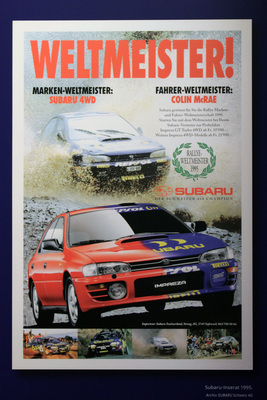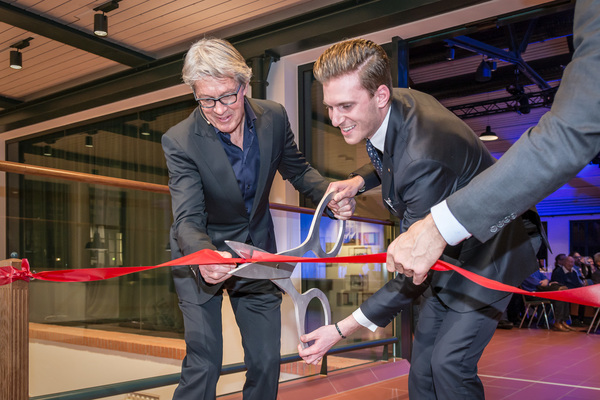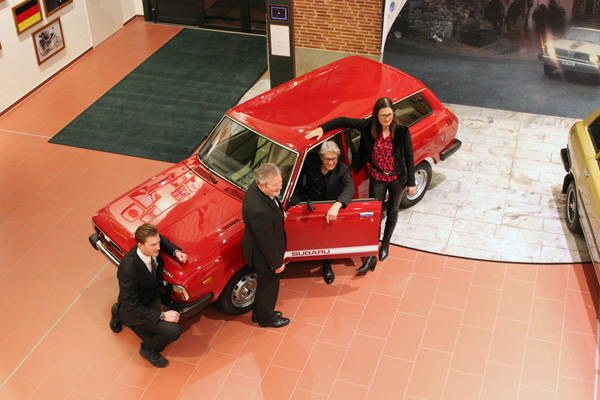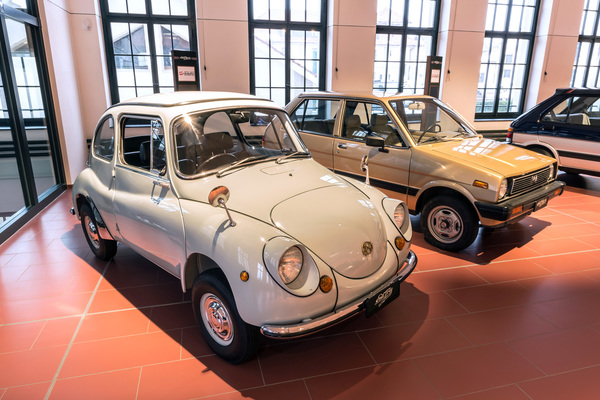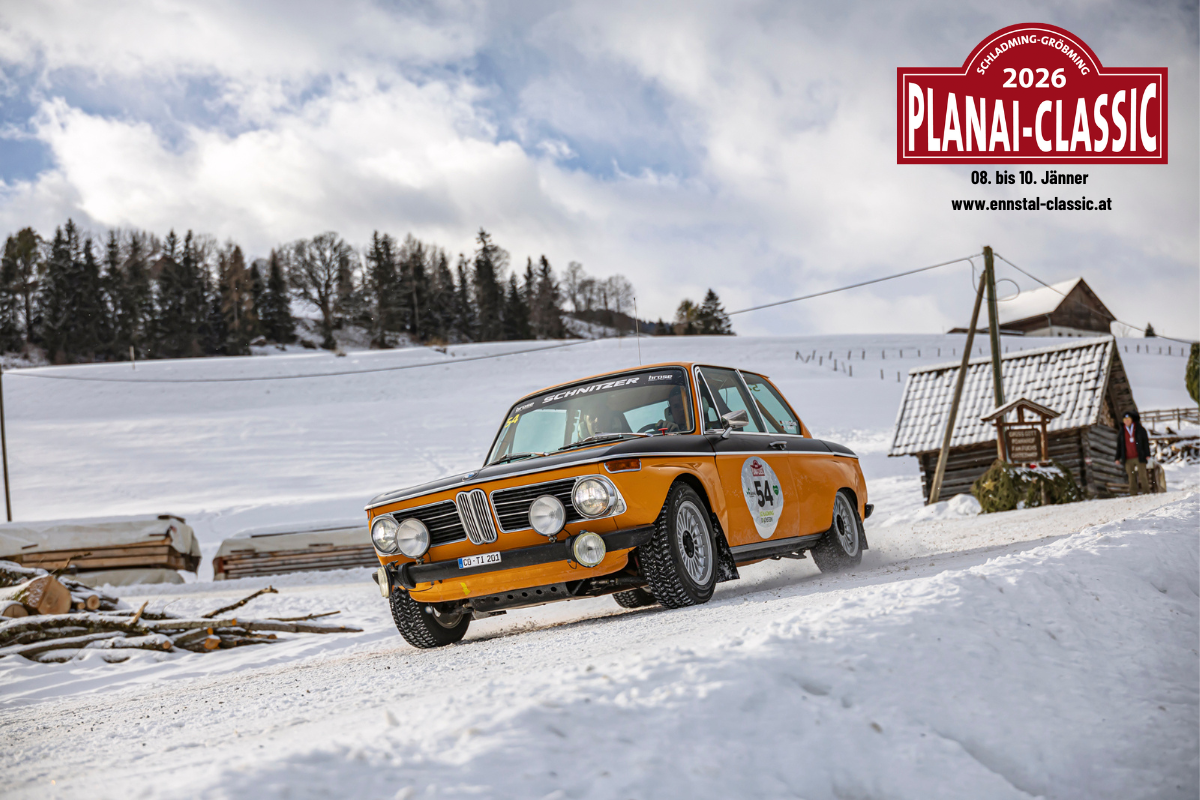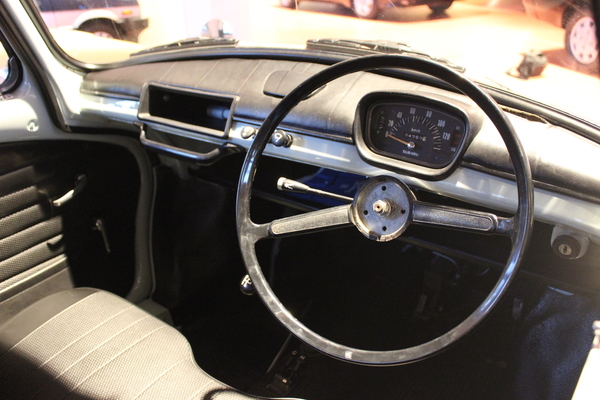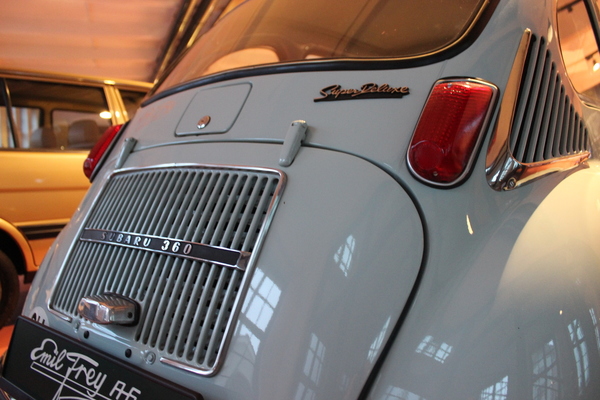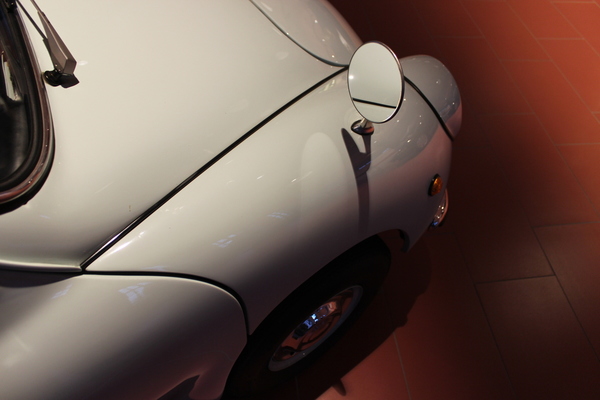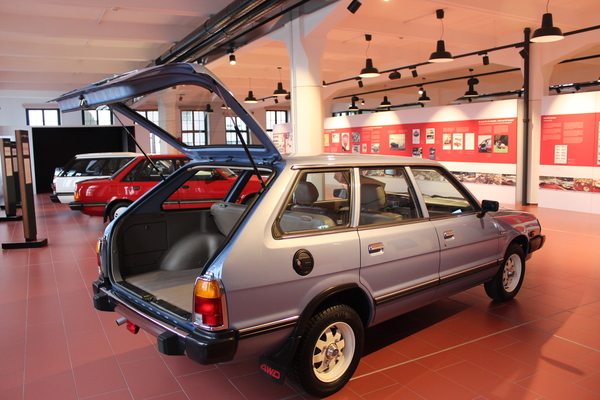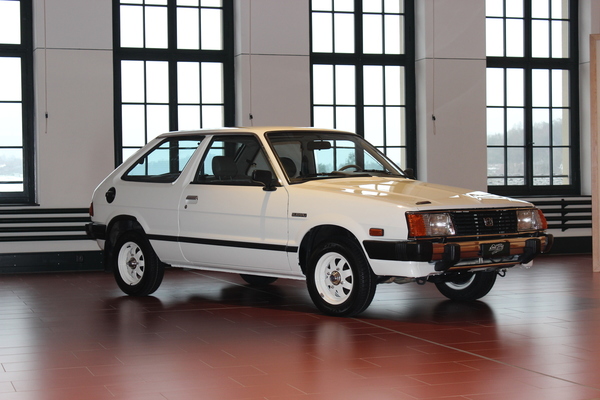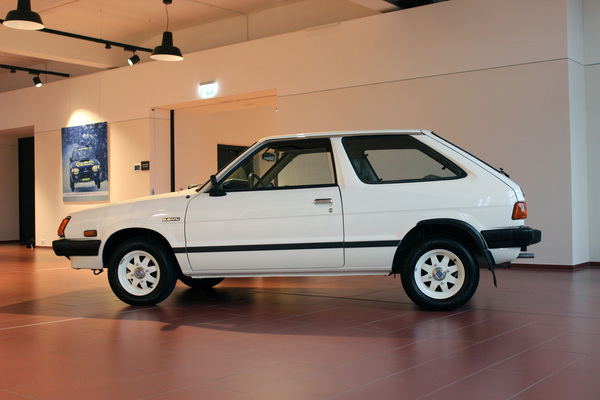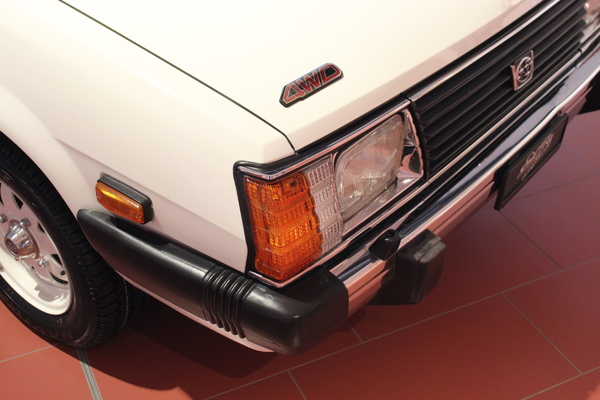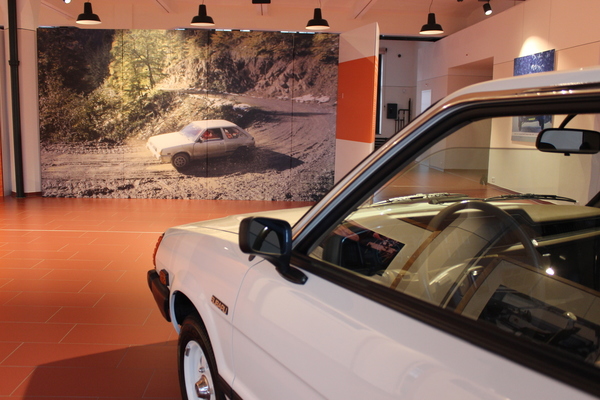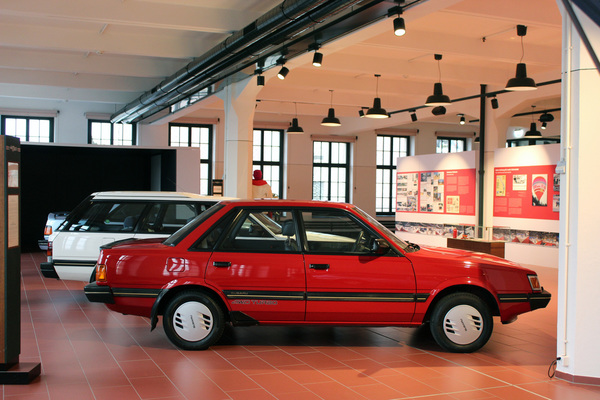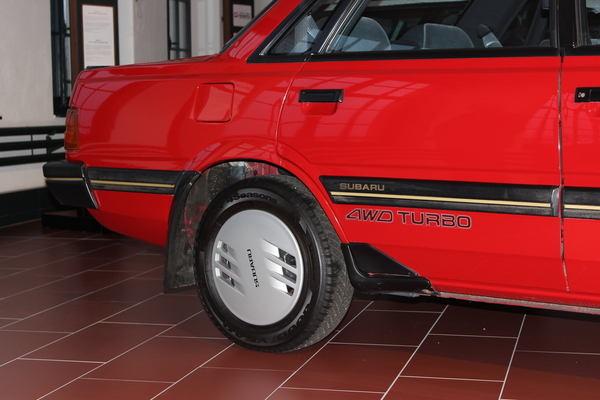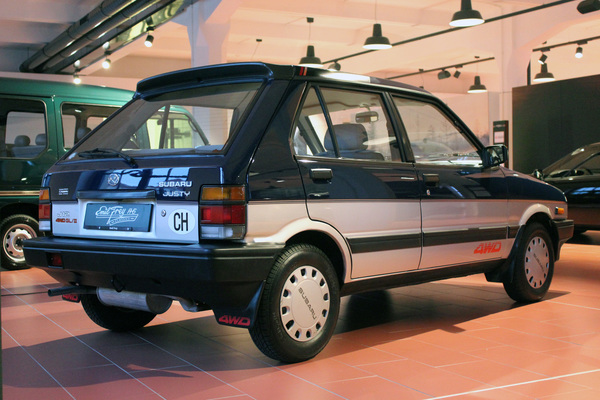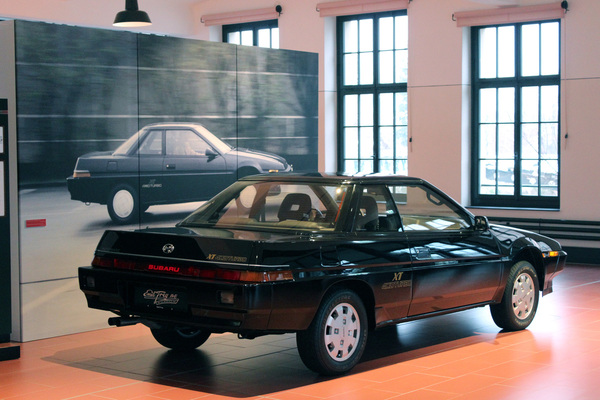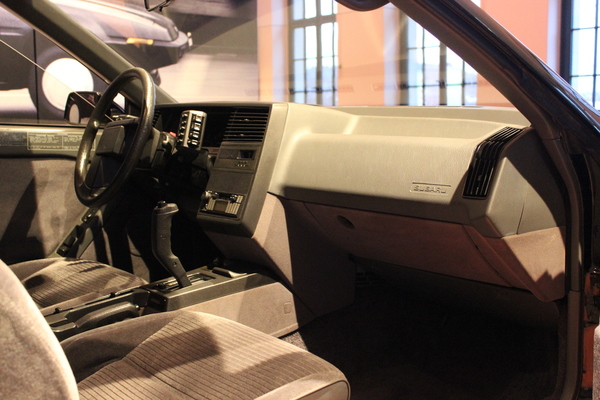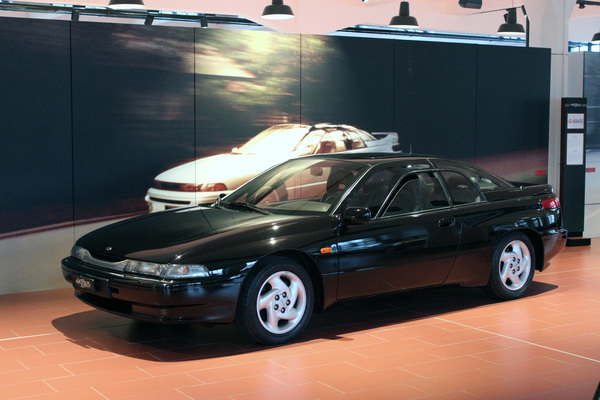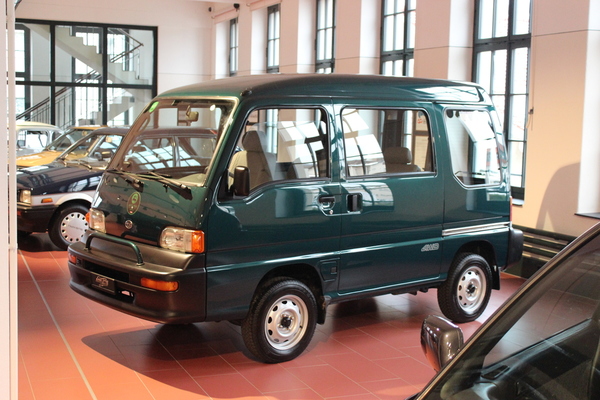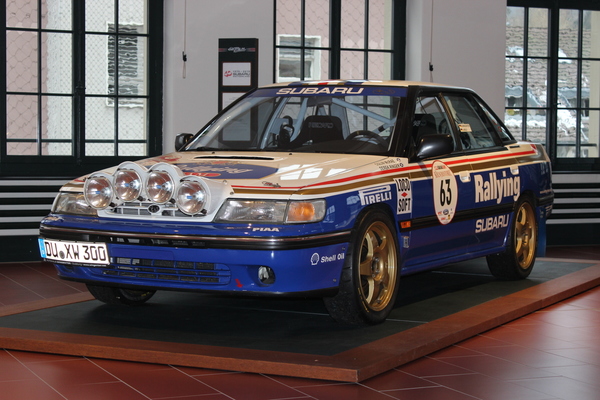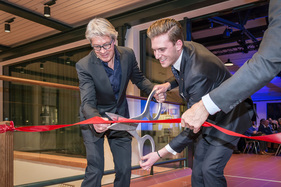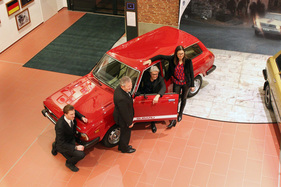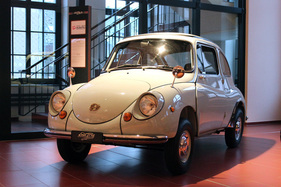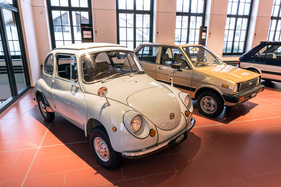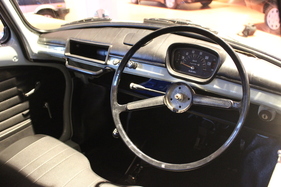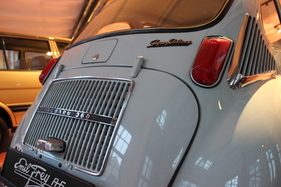The Swiss importer Emil Frey already had the right instinct for the domestic market with Toyota in 1967. The next successful move followed in 1979 with Subaru. An interesting special exhibition at the Classic Center Safenwil shows important milestones.
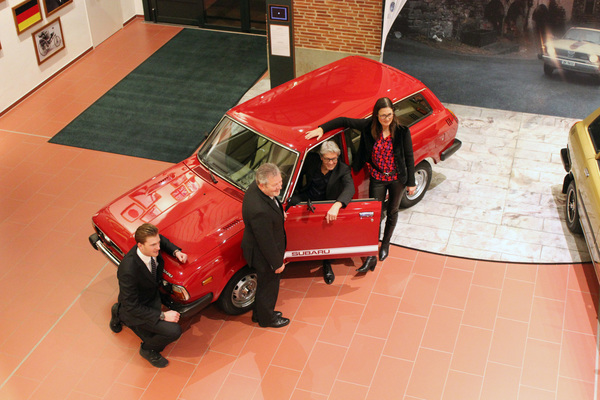
Not an easy start
Subaru did not have an easy start. An importer had previously tried to establish the brand in Switzerland with the Leone. But success did not materialize. The established competition was too strong and the product advantages of the Japanese were not really recognizable.
However, when Streag AG, a subsidiary of the Emil Frey Group, began importing in 1979, it focused on all-wheel drive, which had previously been virtually unknown in conventional passenger cars. Most of the all-wheel-drive vehicles on sale were uncomfortable off-road vehicles, i.e. basically commercial vehicles. Or they were expensive. In any case, the overly American and plush AMC Eagle was not popular in Europe. There didn't seem to be a market for all-wheel drive "normal cars".
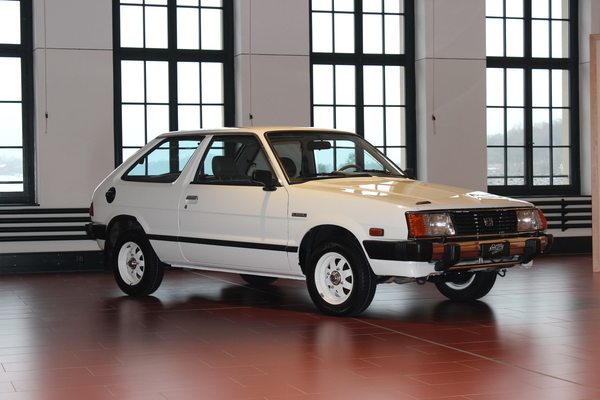
The Subaru 1600 4WD was therefore not destined for success, especially as it did not really correspond to the prevailing ideal of automotive beauty in this country. But it was robust, practical and reasonably priced: thanks to its high ground clearance and selectable four-wheel drive, it didn't get stuck on snow and ice, forest paths or wet meadows.
Ski racer Bernhard Russi as a figure of identification
Company patron Walter Frey once again had the right instinct when he hired Bernhard Russi as a brand ambassador. The popular downhill world champion and Olympic champion from Andermatt presented the vehicle in a three-minute (!) TV commercial on February 9, 1979. Apparently extremely credible: his "Truckli", as he occasionally called his Subaru away from the microphones, conquered Switzerland from a standing start.
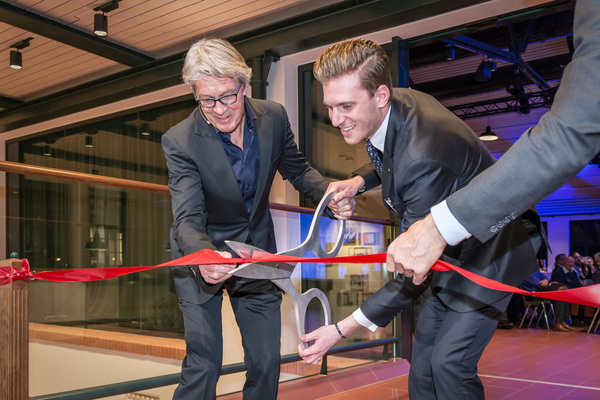
Just two years later, the 1600 4WD was the best-selling estate car.
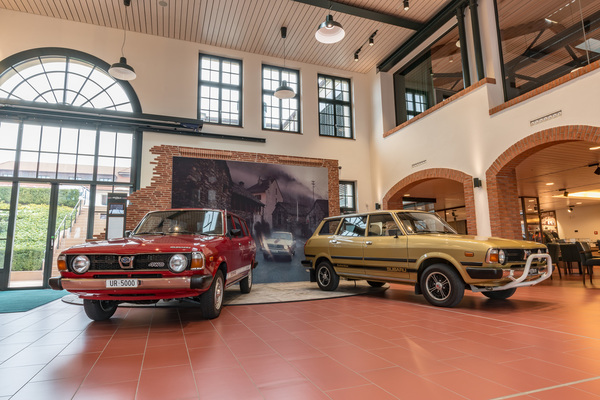
In the beginning, the affordable all-purpose car was particularly popular with the population in the foothills of the Alps, the Jura and in mountainous regions. It made it easier to transport equipment, children and dogs to remote areas, even when road conditions were poor and difficult. The fact that the Subaru also developed a reputation as an ideal means of transportation for foresters and farmers could not be denied, but was not really true.
After all, the various Subaru versions were - and still are - bought by families or tradespeople, as well as by people who pursue a hobby that involves transporting a lot of material in rough terrain.
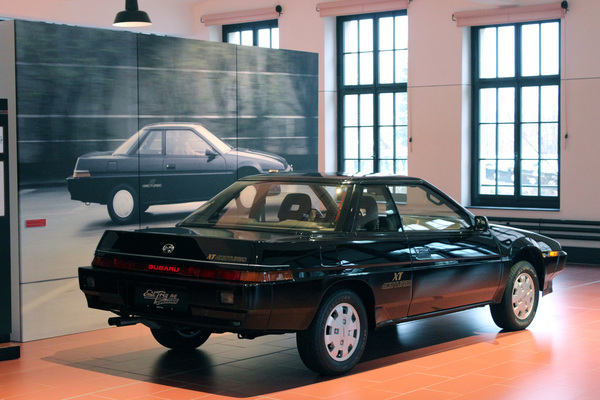
However, Subaru's attempts to offer sporty and elegant vehicles with the XT in 1984 or the SVX in 1991 were not crowned with success, at least in this country.
Motorsport as a marketing tool
However, Subaru is still a relatively small manufacturer with an equally small budget, which has carved out a special position for itself in some markets such as the USA and Switzerland. In order to make the image of all-wheel drive known to a wider audience, the company decided to enter rallying in the 1990s.
With the Impreza GT Turbo, Subaru offered an emotional car for the first time. This was derived from the rally cars with which Subaru won the drivers' championship in the WRC World Championship in 1995, 2001 and 2003. The Japanese company later delighted its sporty fan base with the WRX STI 4x4, a driving machine that was ultimately powered by a 2.5-liter boxer turbo with 300 hp. SUBARU also won the WRC one-make world championship in 1996, 1997 and 1998.

Motorsport is also an important focus of the special exhibition on "40 years of Subaru in Switzerland" at the Emil Frey Classics Museum in Safenwil. Various Subaru models from the last 40 years are on display, including the rally cars of world champion Colin McRae and Richard Burns.
Special show open until May 4, 2019
Of course, Bernhard Russi's first Subaru with the "UR 5000" license plate is not missing either. However, it is no longer the original car, but an identical, very beautiful example, and for understandable reasons, the famous license plate is also a replica.
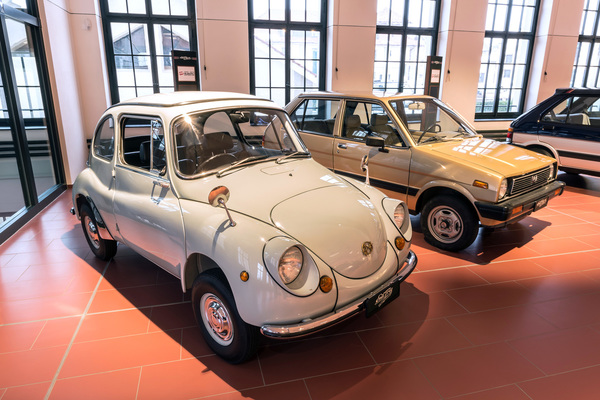
Probably the most interesting exhibit in the exhibition, which is also interspersed with contemporary advertising and videos, is undoubtedly the 360 from 1958, the brand's first mass-produced car, which was never imported into Switzerland. But even the later and once commonplace Subaru models can only be seen at Japanese gatherings and hardly ever on the road. These cars were never collected, but simply used up in everyday life and replaced by the latest model.
The special exhibition "40 years of Subaru in Switzerland" can be visited until May 4, 2019. Opening hours and admission prices can be found on the Emil Frey Classics Center website .

